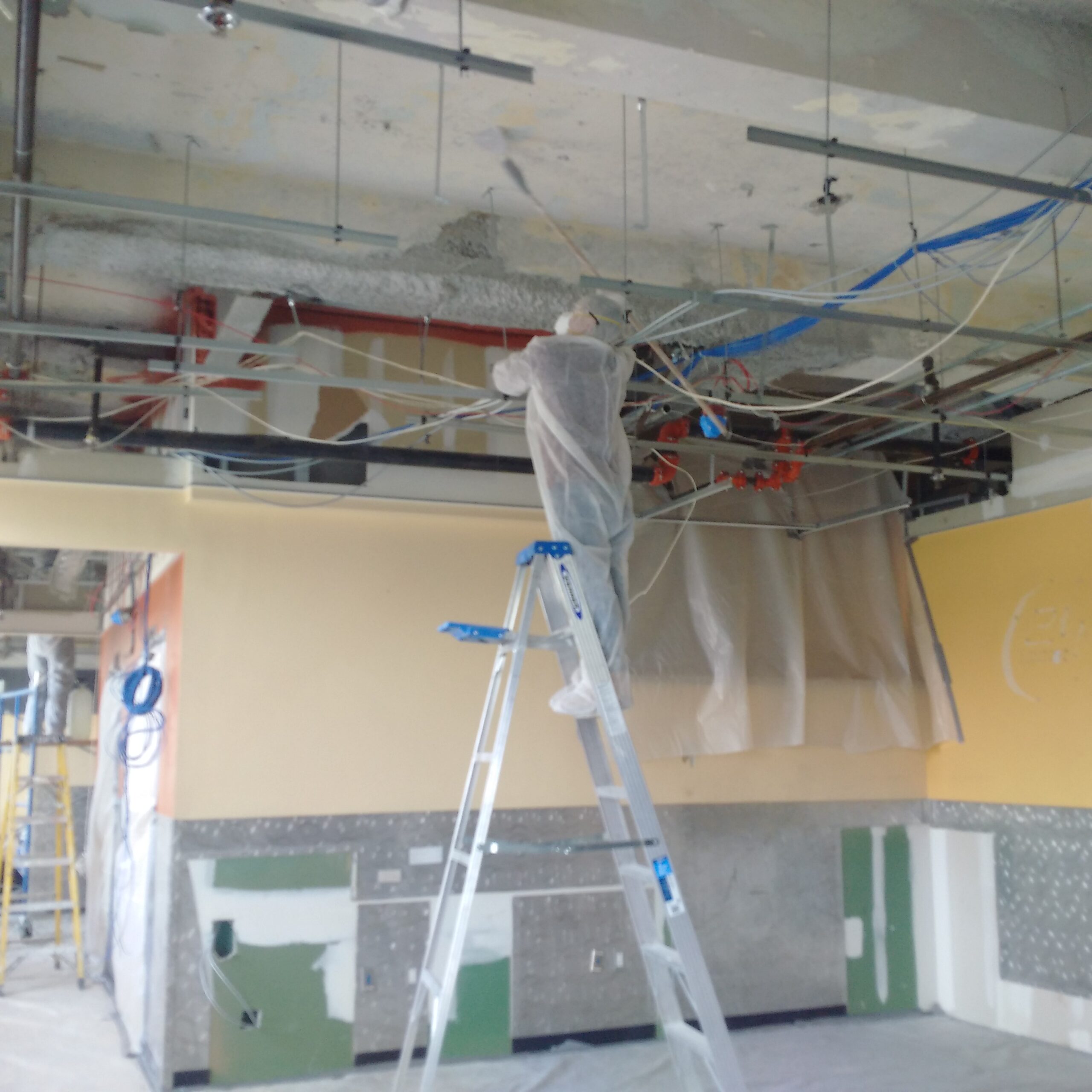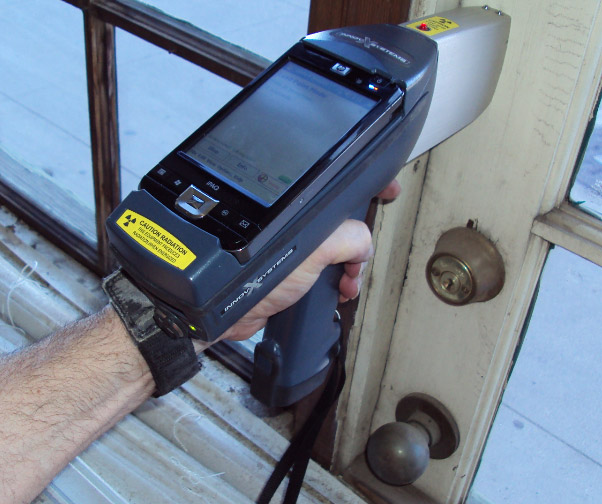Lead Removal Contractors-- Seasoned Experts for Lead Abatement
Lead Removal Contractors-- Seasoned Experts for Lead Abatement
Blog Article
Comprehensive Overview on Effective Lead Violation Removal Techniques
In the world of environmental safety, resolving lead infractions demands a thorough and structured approach. This thorough guide starts by highlighting the vital initial actions of identifying lead threats with innovative evaluation and testing techniques. The overview clarifies on the importance of sticking to stringent security protocols during the elimination process, consisting of the use of appropriate PPE and separating impacted locations.
Identifying Lead Threats
Identifying lead threats is a vital very first step in alleviating the risks connected with lead direct exposure. Lead, a toxic steel, can be existing in various environmental tools, consisting of paint, soil, water, and dust. It postures severe health and wellness threats, particularly to kids and expectant women, resulting in neurological damages and developing delays. For that reason, exact recognition of potential lead sources is necessary for reliable remediation.
The first stage in recognizing lead threats entails understanding common lead sources within the built setting. Frameworks constructed prior to 1978 are specifically at risk as a result of the widespread usage of lead-based paint during that duration. Additionally, soil contamination can happen from degrading exterior paint, industrial emissions, or historical use leaded gasoline.
One more significant resource is lead piping and plumbing fixtures, which can leach lead right into alcohol consumption water. Customer products such as toys, ceramics, and imported items might likewise include hazardous lead levels. Especially, job-related atmospheres and pastimes involving lead can track impurities right into homes.
Evaluation and Testing
When dealing with lead threats, efficient analysis and testing are extremely important. Initial analysis generally entails a visual assessment to recognize potential lead resources, such as deteriorating paint or polluted dirt.

Dust wipe sampling is an additional critical method, especially in household settings. By collecting samples from floorings, windowsills, and various other surface areas, this method offers insights into prospective direct exposure threats. Furthermore, soil testing around building boundaries is necessary to detect lead contamination that could posture hazards, especially to children.
Safe Elimination Treatments
Upon finishing comprehensive analysis and screening, applying safe removal treatments is the following essential phase in addressing lead hazards. This procedure makes certain that lead-contaminated products are successfully and securely eliminated, reducing risk to both workers and homeowners. The initial step includes isolating the damaged location utilizing plastic sheeting and proper securing methods to stop the spread of lead dust.
Employees need to don appropriate individual protective equipment (PPE), consisting of respirators, gloves, and disposable coveralls, to minimize exposure. Employing specialized devices and wet methods, such as damp sanding or making use of HEPA-filtered vacuums, reduces the diffusion see post of lead bits. It is crucial to stay clear of dry fining sand or rough blasting, as these techniques can generate unsafe lead dust.
Garbage disposal is one more vital element; all contaminated products must be firmly nabbed and classified according to EPA and local laws. Additionally, thorough cleaning of the job area with HEPA vacuum cleaners and wet wiping makes certain the removal of recurring lead particles.
Post-Removal Verification

Verification of successful lead removal, called post-removal confirmation, is crucial to ensure the security and habitability of the remediated location. This procedure involves a series of careful analyses and tests developed to identify any residual lead bits that might posture great site health risks. The preliminary action typically includes a visual evaluation to examine the conclusion and top quality of the remediation work. This evaluation makes sure that all well-known resources of lead have actually been resolved which no noticeable signs of contamination remain.
Complying with the visual evaluation, environmental sampling is conducted. This involves accumulating dirt, dirt, and often water samples from the remediated area. Accredited laboratories analyze these examples to determine lead levels, ensuring they check over here drop listed below the security thresholds established by governing bodies such as the Epa (EPA)
Additionally, air high quality testing may be done to discover air-borne lead fragments, specifically in situations where comprehensive lead-based paint removal or improvement has actually happened. The results of these examinations supply quantitative information verifying that the lead levels are within permitted limitations.
Eventually, post-removal verification works as an important checkpoint, verifying the effectiveness of the lead abatement initiatives and securing the health of owners and site visitors.
Preventive Actions and Maintenance

A crucial safety net includes using lead-safe certified specialists for any restoration, repair, or painting tasks. These professionals are educated in techniques that reduce lead dirt and debris. Furthermore, keeping painted surfaces to stay clear of chipping or peeling is crucial, as weakening paint can launch lead fragments into the atmosphere.
Educational campaigns targeting home proprietors and tenants concerning the risks of lead and the relevance of reporting any prospective dangers can better enhance preventive efforts. Routine cleansing making use of HEPA vacuum cleaners and damp mopping techniques can considerably minimize lead dirt buildup.
Verdict
In summary, effective lead violation removal necessitates a precise technique incorporating detailed assessment, precise testing, and stringent removal procedures. Ensuring safety through proper isolation and personal safety tools continues to be extremely important. Post-removal confirmation using ecological tasting and air high quality testing validates compliance with recognized safety standards. Furthermore, recurring examinations and upkeep are necessary to alleviate future lead risks, thus safeguarding public wellness and making certain continual compliance with regulatory needs.
Report this page